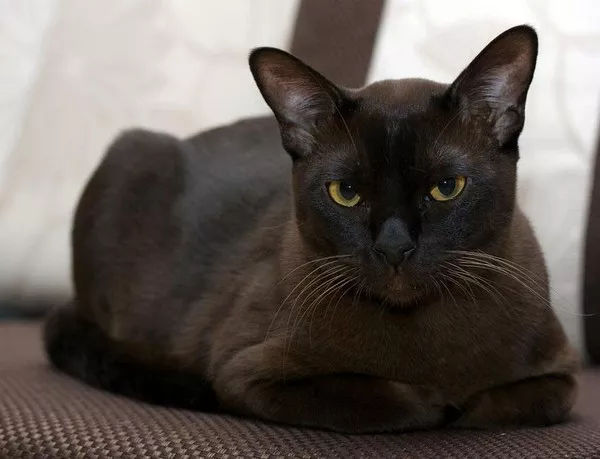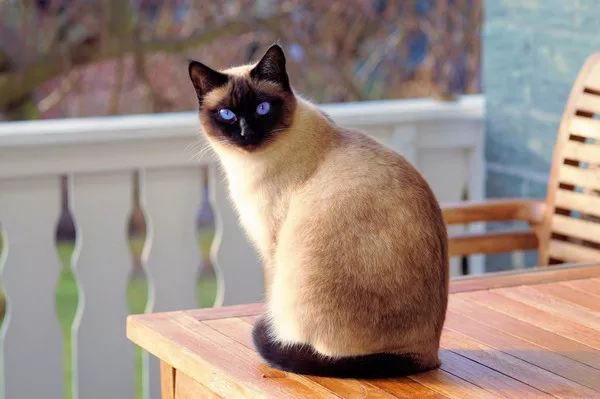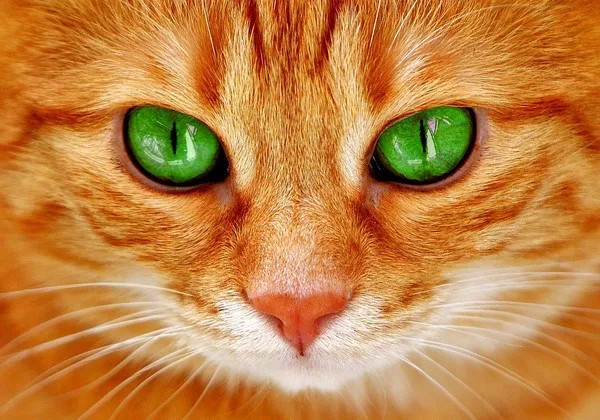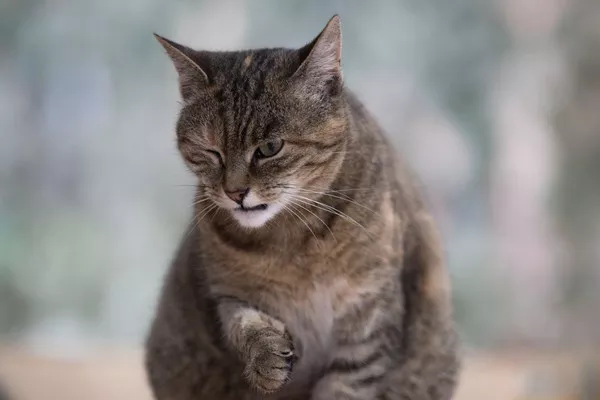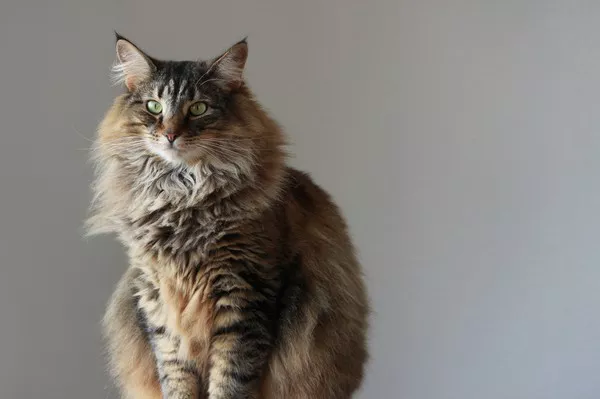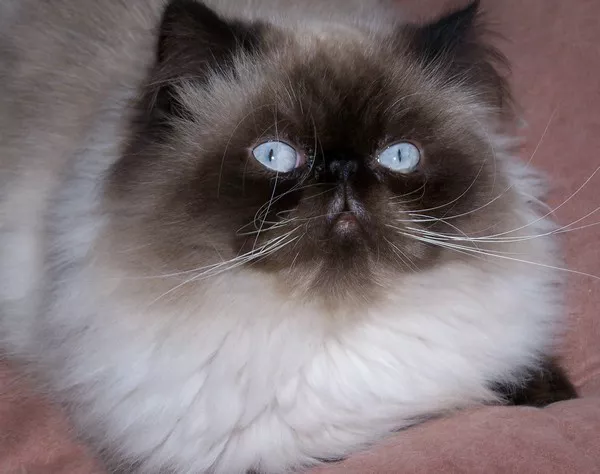The Burmese cat, known for its striking appearance and charming personality, is a breed that has captivated cat lovers around the world. With its sleek muscular body, expressive eyes, and luxurious coat, this feline companion brings joy and warmth to any household. In this article, we will delve into the fascinating world of the Burmese cat, exploring its origins, physical attributes, temperament, and unique characteristics.
Uncovering the Origins of the Burmese Cat
The Burmese cat hails from the ancient land of Burma (now Myanmar) in Southeast Asia. It is believed to have been revered as sacred companions by the temples and monks of Burma for centuries. The breed made its way to the Western world in the early 20th century, where it gained popularity among cat enthusiasts for its distinctive appearance and amiable nature.
Physical Attributes and Coat Colors
One of the defining features of the Burmese cat is its muscular build. Its medium-sized body is solid and athletic, with a surprising heft when picked up. The head is rounded, adorned with expressive eyes that can range in color from golden yellow to mesmerizing green. The coat is short, satin-like, and comes in a variety of captivating colors, including sable, champagne, blue, platinum, and more recently, tortoiseshell.
Temperament and Personality Traits
Renowned for their affectionate and sociable nature, Burmese cats make exceptional companions. They thrive on human interaction and are often described as “lap cats” due to their tendency to curl up on their owners’ laps for hours on end. Burmese cats are also highly intelligent and enjoy interactive play, making them perfect for families and individuals seeking an engaging pet.
Living with a Burmese Cat
Burmese cats are adaptable and can thrive in various living environments, including apartments and larger homes. They are indoor cats by nature, as their friendly disposition may make them vulnerable to outdoor risks. Regular playtime, mental stimulation, and scratching posts are essential for keeping these active felines happy and healthy.
Caring for Your Burmese Cat
The grooming needs of the Burmese cat are relatively low maintenance due to its short coat. Weekly brushing will help keep shedding at bay and maintain the natural luster of their fur. Routine veterinary care, including vaccinations, parasite control, and regular check-ups, is crucial for ensuring their well-being.
Health Considerations
While generally a robust breed, Burmese cats may be prone to certain genetic health issues. These can include craniofacial abnormalities, such as flat-chested kitten syndrome and hypokalemia (low blood potassium levels). It is essential to work closely with a reputable breeder who conducts appropriate health screenings to minimize the risk of these conditions.
Training and Enrichment for the Burmese Cat
Burmese cats possess a keen intelligence and an eagerness to learn, making training an enjoyable experience for both pet and owner. Positive reinforcement techniques, such as clicker training and food rewards, can be used to teach tricks, encourage good behavior, and provide mental stimulation. Puzzle toys and interactive games also help satisfy their curious minds.
The Burmese Cat in Pop Culture and Art
Throughout history, the Burmese cat has made appearances in various forms of art, literature, and popular culture. From being muses to famous artists to starring roles in movies and advertisements, this captivating feline has earned a place in the hearts of many.
Conclusion
The Burmese cat is an enchanting breed that combines elegance, intelligence, and affection in one delightful package. Whether you are seeking a loving companion or an engaging addition to your household, the Burmese cat is sure to capture your heart with its beauty and charm. Through centuries of companionship, this feline has proven itself to be a cherished member of countless homes worldwide.
In summary, the Burmese cat embodies the perfect balance of beauty, intelligence, and amiability, making it an ideal choice for cat lovers seeking a remarkable feline companion.

